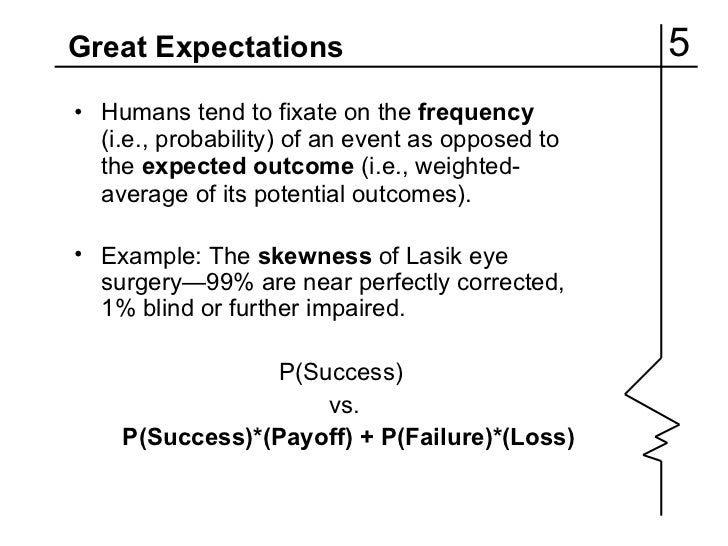

These seven states build on earlier work of Mandelbrot in 1963: "The variations of certain speculative prices" and "New methods in statistical economics" in which he argued that most statistical models approached only a first stage of dealing with indeterminism in science, and that they ignored many aspects of real world turbulence, in particular, most cases of financial modeling. The importance of seven states of randomness classification for mathematical finance is that methods such as Markowitz mean variance portfolio and Black–Scholes model may be invalidated as the tails of the distribution of returns are fattened: the former relies on finite standard deviation ( volatility) and stability of correlation, while the latter is constructed upon Brownian motion. This classification builds upon the three main states of randomness: mild, slow, and wild. These seven states were first introduced by Benoît Mandelbrot in his 1997 book Fractals and Scaling in Finance, which applied fractal analysis to the study of risk and randomness.

The seven states of randomness in probability theory, fractals and risk analysis are extensions of the concept of randomness as modeled by the normal distribution.

Stochastic process with random increments from a standard normal distribution.


 0 kommentar(er)
0 kommentar(er)
